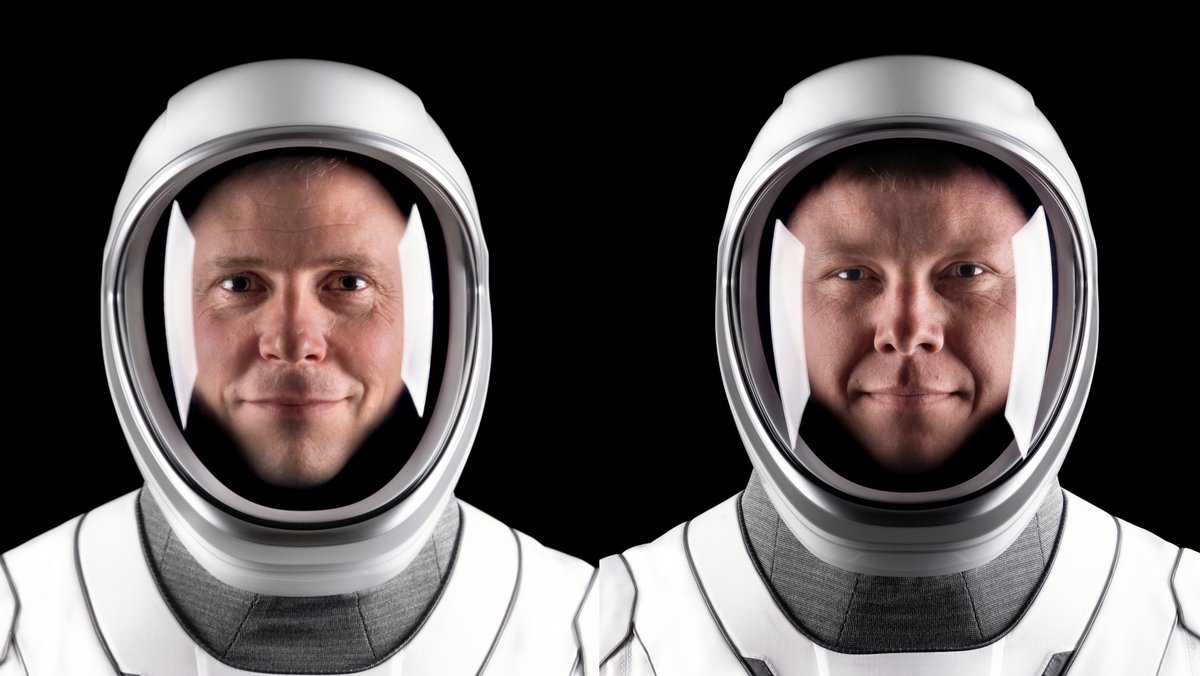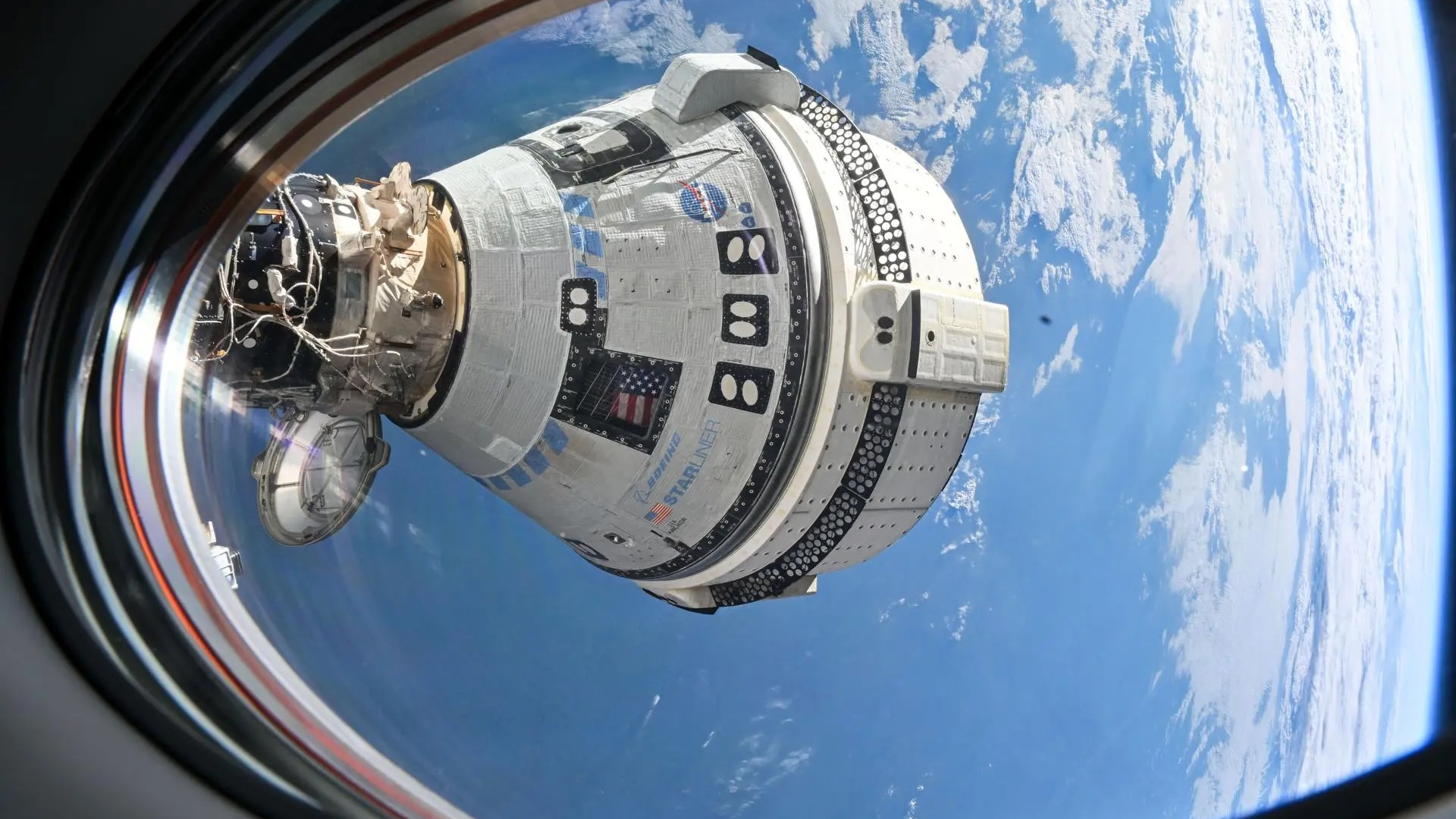
Editor's note: This piece was updated on Sept. 19 to reflect the most current launch times from NASA.
The next space station astronaut mission has been delayed to Sept. 26.
The delay in the SpaceX Crew-9 mission to the International Space Station (ISS) is to allow teams to "work through prelaunch operations and hardware processing ahead of the first human spaceflight launch from Space Launch Complex 40 at Cape Canaveral Space Force Station, while also monitoring weather ahead of liftoff," NASA officials wrote in an emailed statement.
The launch is now scheduled for no earlier than 2:05 p.m. EDT (1805 GMT) on Sept. 26. If Crew-9 misses the Sept. 26 opportunity, backup dates are available on Sept. 27 and 28. Crew-9 will be the first human launch from Space Launch Complex-40 at Cape Canaveral Space Force Station in Florida, which normally has infrastructure available for satellite missions. Humans require a launch tower with walkable access to the spacecraft, among many other changes.
Crew-9 was originally manifested to launch four astronauts in the SpaceX Crew Dragon spacecraft, for a mission lasting until February 2025. Now it will now only send two crew aboard the SpaceX Falcon 9 rocket: NASA astronaut and U.S. Space Force commander Nick Hague, and Roscosmos astronaut and mission specialist Aleksandr Gorbunov. Hague will be the first active Space Force Guardian to launch to space, in addition to launching from a Space Force-operated launch pad.
Crew Dragon's other two seats, which were supposed to be for NASA astronauts Zena Cardman and Stephanie Wilson, will hold mass simulators instead. (Wilson and Cardman remain eligible for future ISS assignments.) That will leave room for two other NASA astronauts on the ISS to return due to being unable to fly home on their originally assigned spacecraft.
The ISS astronauts waiting for SpaceX's arrival are Butch Wilmore and Suni Williams, who reached the orbiting complex June 6 during Boeing Starliner's first crewed mission. The docking with ISS did not go to plan, as five thrusters (out of 28) of the reaction control system misbehaved. Months of ground and space analysis followed.
Related: US Space Force will make history when SpaceX's Crew-9 mission launches in September

NASA eventually determined it did not have enough confidence in knowing what happened to accept the risk of flying Wilmore and Williams home on Starliner. Starliner then returned empty to Earth on Sept. 6 without major incident, and investigation continues into the causes of Starliner's issues and how that will affect future Starliner flights.
The Starliner astronauts were expected to spend 10 days in space. NASA had numerous backups available as the mission was developmental, however, meaning the schedule was less certain given the design and operations of the spacecraft had uncertainty given it was the first crewed mission.
Among the backup measures: Extra food, oxygen and other supplies were already on ISS in case of mission extension. Starliner's astronauts were trained on ISS duties, refreshing knowledge they already had from previous lengthy stays on the orbiting complex. Now NASA is implementing a plan to bring the astronauts back home on a different spacecraft than expected.
For the time being, if there was an emergency evacuation from ISS, Wilmore and Williams would ride home on the already docked SpaceX Crew-8 spacecraft that has four seats and four astronauts as well.
The Starliner duo would be in the cargo area below the seats without wearing spacesuits, as Crew Dragon is not designed to work with the Starliner suits they used. NASA sourced one SpaceX spacesuit on the ISS for Williams' return on Crew Dragon, and a second spacesuit is being flown up for Wilmore aboard Crew-9.
Once Crew-9 arrives at ISS, that will become the evacuation route for Williams and Wilmore. The Starliner astronauts are now part of the current Expedition 71 ISS crew and their February 2025 return means they will spend approximately eight months in space. For perspective, a typical ISS mission is five or six months long and astronauts have safely finished missions of 12 months or more.
Crew-9 has been delayed already; its original launch date was Aug. 18, but that was pushed as NASA made the final decision about how to bring the Starliner astronauts home.







